With as many as five generations together in the workplace at some businesses, training employees to work well with all ages is crucial. Some of the most significant dimensions of diversity in today’s modern workplace are generational. To foster a harmonious and productive work environment, businesses must ensure their employees know how to work effectively with individuals from different generations.
UNDERSTANDING THE GENERATIONAL DIVIDE:
- Preferred communication style: Baby boomers may prefer face-to-face meetings, while millennials and Gen Z may lean more toward digital platforms like Slack and email.
- Distinct work preferences: Millennials and Gen Z value flexibility and work-life balance, while older generations may prioritize stability and loyalty.
- Motivational values: Baby boomers may prioritize hierarchy and seniority, while younger generations may focus on meritocracy and innovation.
BENEFITS OF CROSS-GENERATIONAL TRAINING:
- Enhanced productivity: When employees understand and respect the perspectives of their colleagues from other generations, they can work more harmoniously and efficiently.
- Improved collaboration: Cross-generational training can help break down communication barriers. Teams that work well together across generations often come up with more creative and comprehensive solutions to complex problems.
- Talent retention: Employees who feel respected and understood are more likely to stay with an organization.
- Attracting top talent: A workplace that is known for its inclusivity and ability to foster collaboration across generations can attract top talent from all age groups.
IMPLEMENTING CROSS-GENERATIONAL TRAINING:
To successfully bridge the generational gap, consider the following strategies:
- Create training programs that are specific to the unique needs and challenges of your organization. Address the most prominent generational differences in your workplace. (Troy CE&O can help with this!)
- Encourage intergenerational mentorship programs that facilitate knowledge transfer and understanding between different generations.
- Create a culture where employees feel comfortable discussing generational differences and sharing their perspectives.
- Use digital platforms and tools to facilitate cross-generational communication and knowledge sharing.
- Continuously assess the effectiveness of your cross-generational training programs and adapt them as needed.
Cross-generational training isn\’t just a matter of diversity; it\’s an investment in the future success of your organization. Embracing these differences and teaching your employees to do the same will ultimately lead to a stronger, more cohesive, and more innovative workforce.
Meet the Expert
Troy CE&O has many training programs that can assist your team in training employees and can also develop customized training programs to meet the specific needs of your organization. Contact Laura Chambliss, Director of Troy Continuing Education and Outreach at 334-983-0005 or [email protected].
The Generations
Veterans – Before 1943
Baby Boomers – 1943-1964
Generation X – 1965-1980
Millennials – 1981-1996
Generation Z – 1997-2014







